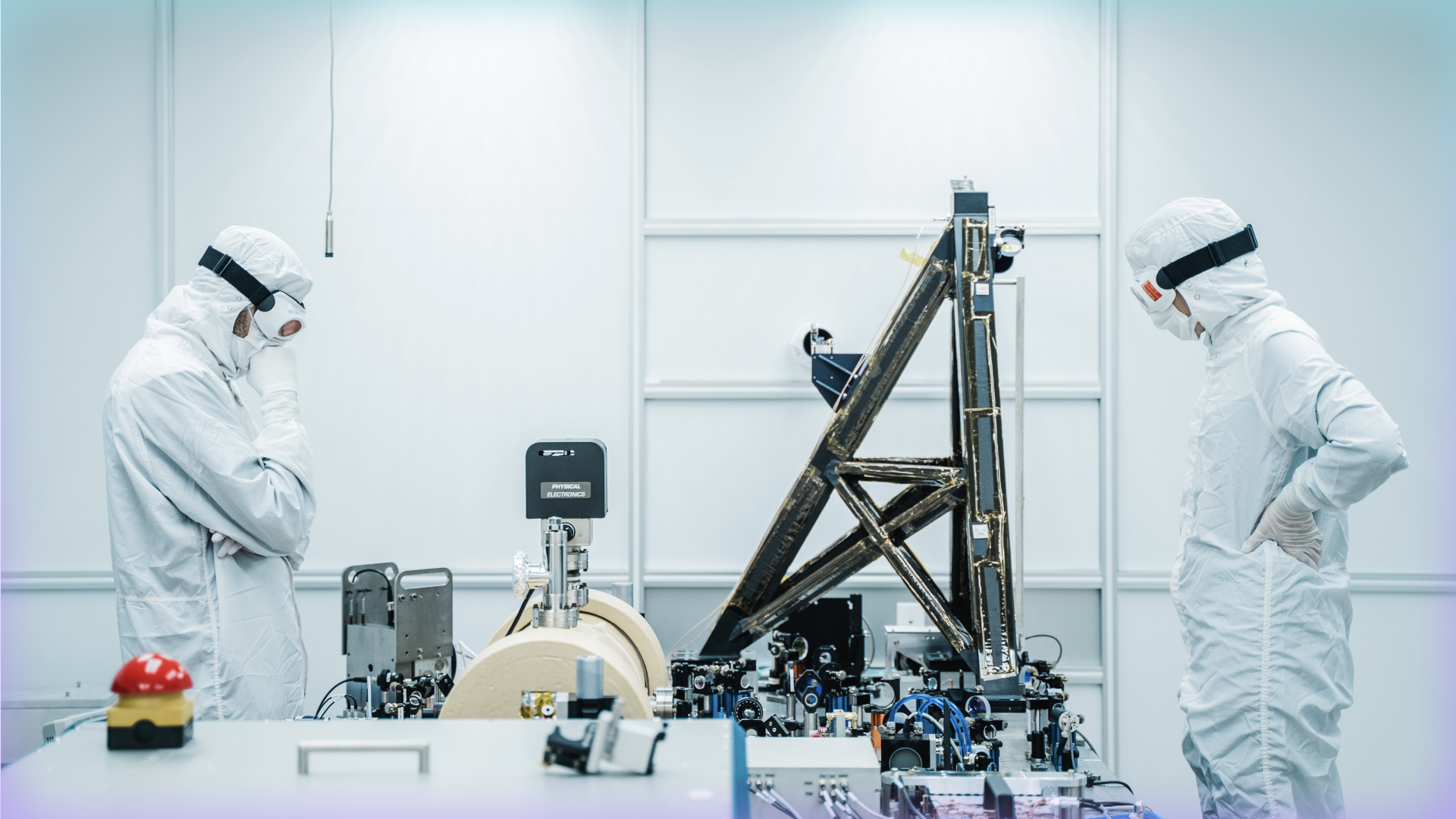Nobody Knows Anything (Still)
Some thoughts on AI at the end of 2024—and one great link about the beauty of non-AI tech.

Us using our feed reader.
We are in the wildest moment. Sometimes you just have to let go of the anxiety and marvel at the level of realignment in the tech world right now. I recently saw a solid deck on the state of AI, by Benedict Evans, that had this slide:

Well that narrows it down! No really: Who knows anything? Ethan Mollick? Simon Willison? Sam Altman? Some random Redditor? Oprah Winfrey? The CEO of ServiceNow? The outgoing Biden Administration? The incoming Musk administration?
Want more of this?
The Aboard Newsletter from Paul Ford and Rich Ziade: Weekly insights, emerging trends, and tips on how to navigate the world of AI, software, and your career. Every week, totally free, right in your inbox.
In that spirit, some fresh AI links to read, each of them promising clarity in their own way:
Maybe it’s all hype? Only 13% of British employees think AI is significant, according to Richard Speed in The Register.
Or maybe the problem is that Americans are engaged in a ”quite problematic rejection of facts,” according to Biden’s AI advisor Arati Prabhakar, in an interview with James O’Donnell in MIT Technology Review.
Maybe the U.S. is falling behind in AI usage because management won’t support the workers? By Drew Robb in eWeek.
Maybe we can just relax because thinking computers are really, actually, RATC (Right Around the Corner), wearing jetpacks? According to eWeek, quoting Sam Altman.
Salesforce CEO Marc Benioff talks about “rebalancing” the workforce once AI agents roll out in Salesforce (this is called…Agentforce), by Alex Kantrowitz in CMSWire.
A view from that complicated future: Life in an AI-enhanced call center in the Philippines, by Michael Beltran in Rest of World.
And how Simon Willison glues together AI and his work in Open Source software, on the Around the Prompt podcast.
My favorite thing I read all week, however, was AI-proofed—It was, “‘Best job at JPL’: What it’s like to be an engineer on the Voyager project,” also by Richard Speed in The Register. It’s fundamentally about installing OS upgrades using incredibly high-latency legacy APIs, except the distance is more than 15 billion miles away (roughly 24 light-hours).
The challenge for engineers isn’t just the time it takes to get a command to the Voyagers and receive a response (apparently not as frustrating as you might think—Badaruddin said: “This is the rhythm we work in; we’ve gotten accustomed to it … it used to be a very small time delay and it’s gradually gotten longer and longer over the years”) but also checking and rechecking every command that gets sent to the spacecraft.
…”We have documents that were type-written in the 70s that describe the software, but there are revisions … and so building the simulators, we feel really good about the hardware … but we feel a little less good about understanding exactly what each instruction does.”
Sometimes it’s good to remember just how ridiculous computers are, and how many places we’ve placed them. Even old ones.


